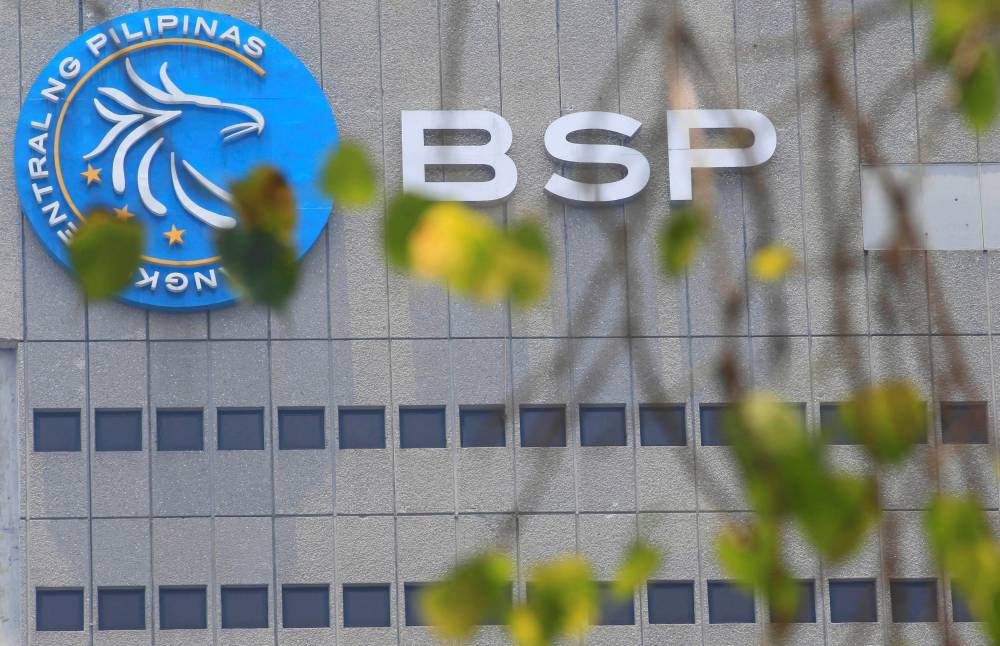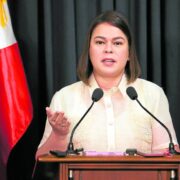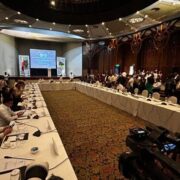BSP reviews 2-4% inflation target

Bangko Sentral ng Pilipinas (BSP) Governor Eli Remolona Jr. said the central bank was reviewing its 2 to 4 percent inflation target for possible revision next year, as monetary authorities start to believe that the midpoint of the range might be “a bit high.”
In an interview with Bloomberg on Friday, Remolona said 2.5 percent might be a “better” midpoint for the BSP’s target band, adding that the economy only needs enough inflation to grow.
“We’re also reviewing our target for inflation. We’re not sure whether it’s the right level,” Remolona told Bloomberg on Friday.
“Most other central banks have a 2-percent [inflation] target. We essentially have a midpoint of 3 percent. We need some inflation because of the adjustment in relative prices in countries that are growing,” he added.
“But we don’t know whether we need that much of a scope for relative prices. So, maybe 3 percent is a bit high,” he continued.
The BSP chief made the remarks a day after the central bank resumed its easing cycle with a quarter point cut to the policy rate.
The decision—which was made in the wake of US President Donald Trump’s flip-flopping on his “Liberation Day” tariffs—brought the overnight rate to 5.5 percent, with Remolona hinting at “further cuts” this year.
While the whole world was worried about the impact of heightened trade protectionism on economic growth, Remolona said the Philippines was experiencing something that many countries do not: tame inflation.
The benign price growth, in turn, afforded the central bank enough room to cut rates again, he added.
Latest data showed inflation had softened to a near five-year low of 1.8 percent in March, better than consensus following slower hikes in food and transport costs.
And price growth would likely stay within the 2 to 4 percent official target range this year. The central bank this week lowered its worst-case inflation forecast for 2025 to 2.3 percent, from 3.5 percent previously.
Moving forward, Remolona ruled out the possibility of rate reductions at each of the last four meetings of the Monetary Board for this year, saying that such a pace of easing would be “too much.”





















